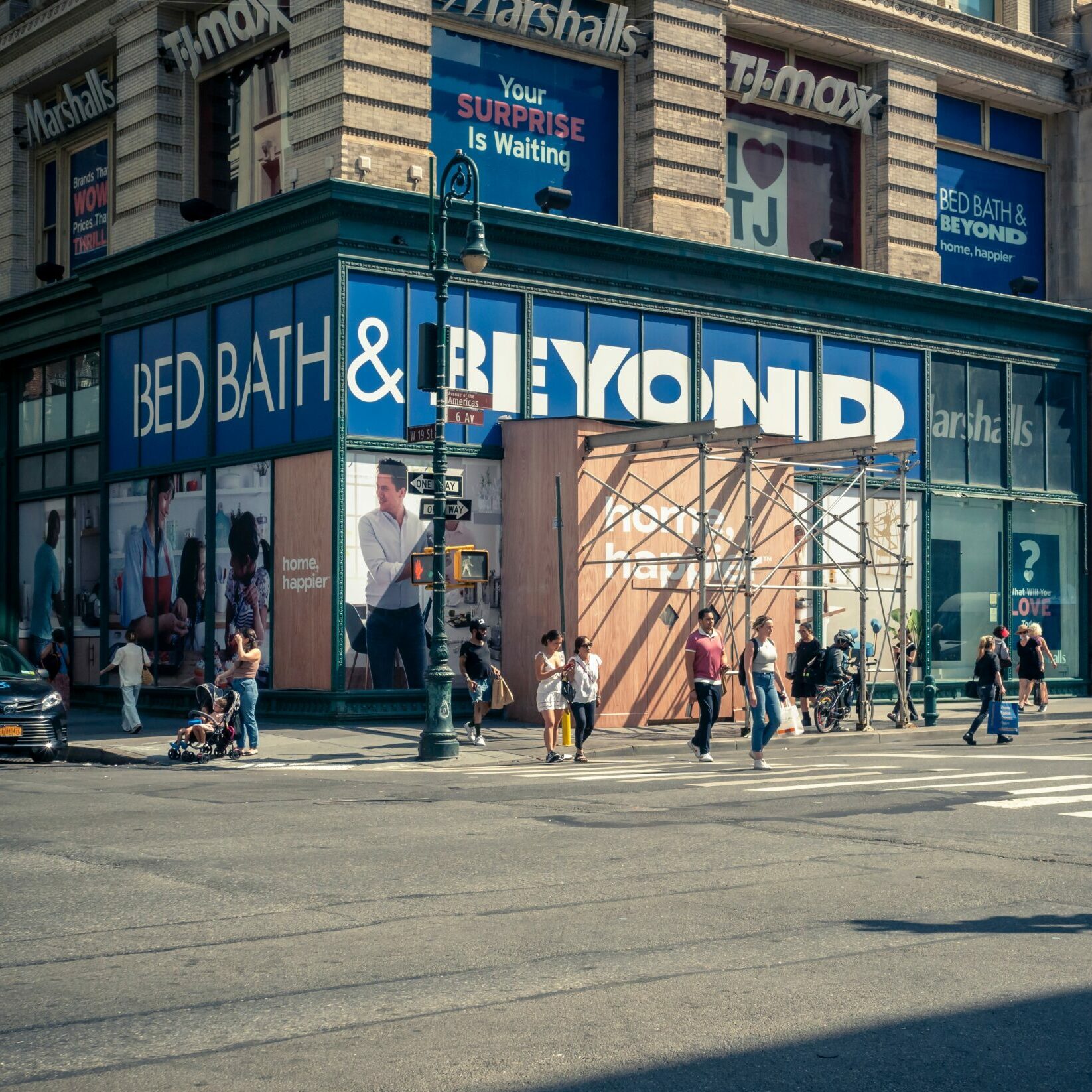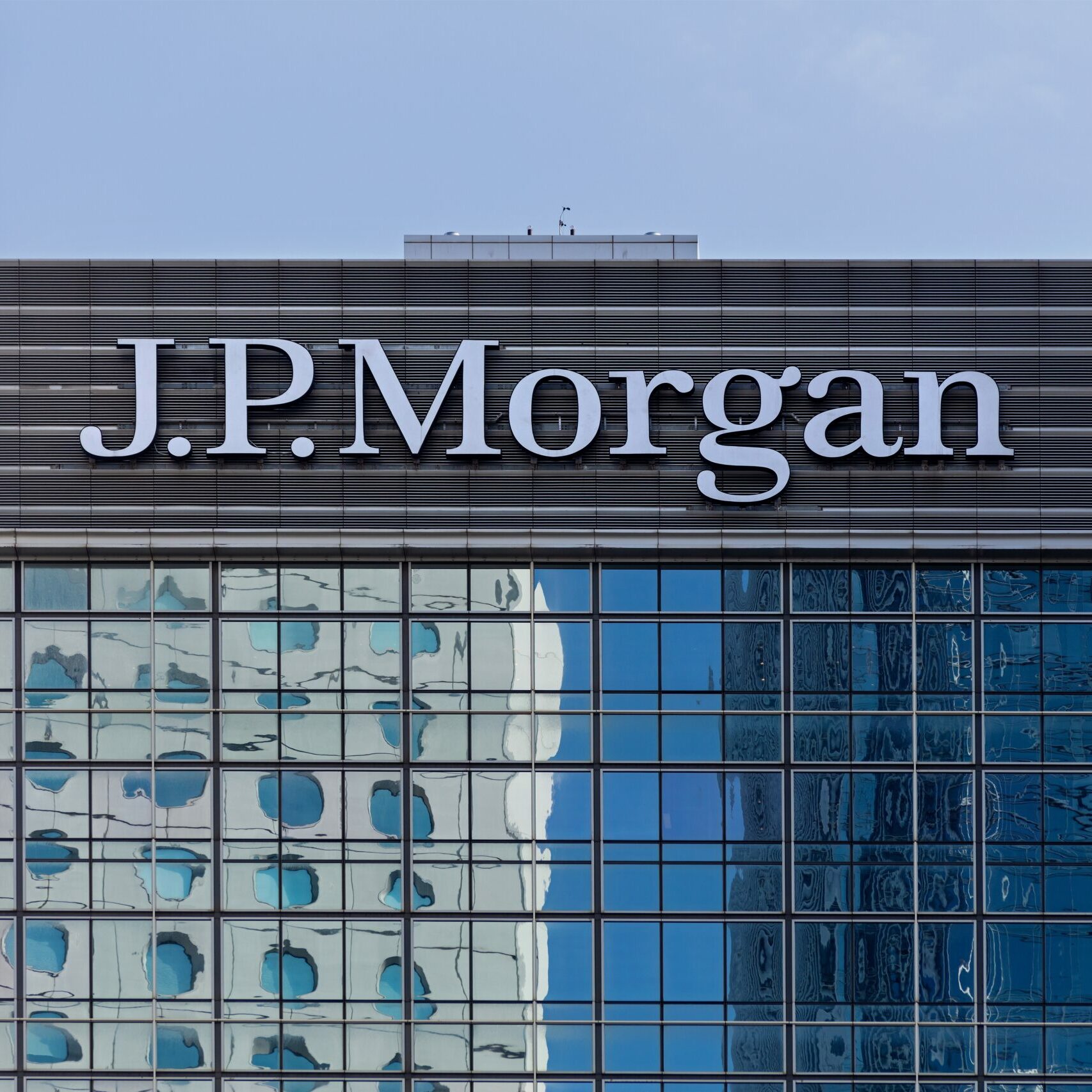Tom Kehoe (pictured) is Director, Global Head of Research at AIMA. Discussing the genesis of the survey to the audience, he explains: “We wanted to get under the hood and understand this community of managers, to weigh up the challenges and opportunities they face. Can we measure what this group of managers has to deal with relative to what is happening in the wider industry?
“The range of fund managers in the survey went from just USD100,000 in AUM to as high as USD500 million. Over half of the managers have been established for less than five years and just under 50 per cent have one fund product under management.”
A total of 25 hedge fund allocators were also surveyed. On aggregate they invest USD79 billion in hedge funds, and, significantly, 44 per cent allocate more than USD1 billion to this asset class. With respect to where allocations were made in 2016, 72 per cent cited equity long/short and 56 per cent cited event- driven; the second most popular strategy.
Perhaps the most resounding finding to come out of the survey was that reaching profitability is much more achievable than perhaps people thought.
The press has written extensively that one has to be running USD100-200 million to be profitable.
“We respectfully disagree,” says Sean Capstick, Head of Prime Brokerage, GPP. “Our survey found that 55 per cent of respondents said they expected to break even with less than USD100 million and the average figure was USD86 million. We serve this group and we want to be their voice – what are the challenges they face? What are the aspirations of this group? That’s what we wanted to find out in this survey.”
Improvements in technology, increased adoption of outsourcing, and a shift in mindset whereby managers understand it is not always necessary, from a cost
perspective, to appoint tier one providers, could all be contributory factors when considering this lower than expected breakeven point, and a sign that the barriers to entry for operating a successful hedge fund are far from onerous.
“We looked at fees in the survey. Again, much has been written about fees collapsing. What our survey revealed is that while they are under pressure they are not collapsing. Some 14 per cent are charging 2 per cent or more. Half of our respondents were at 1.5 per cent or more and 90 per cent are paid at least 1 per cent,” confirms Capstick, noting that there was a very visible longevity bias in the survey. Those managers who have been running their businesses for longer are able to command a higher management fee.
Moreover, for these managers, the median AUM tends to be higher. The message here is that managers should stick with it as the longer they can build a sustainable business, the more successful that business could become.
Breaking it down by strategy, the survey found that global macro funds need the most assets to break even: USD132 million, followed by event-driven (USD108 million) and multi-strategy funds (USD98 million).
CTAs are the most profitable and have the lowest break-even figure – USD78 million – largely because they are systematic and require lower headcount. The same could probably be argued for quant funds. The average CTA that responded to the survey had just three staff compared to 12 staff for global macro managers.
Capstick is keen to stress that across all strategies in the survey, “we found that management fees exceeded operating costs and that managers were breaking even, which is very encouraging. Even with a modest AUM, managers can remain viable, and that is welcome news.”








